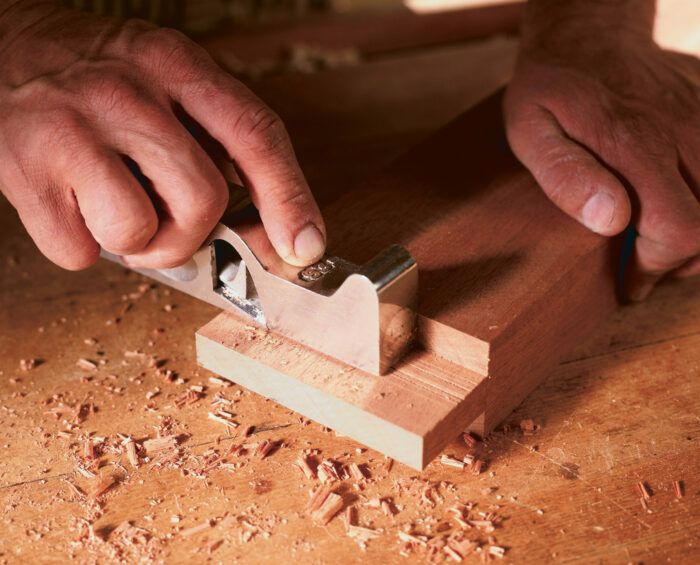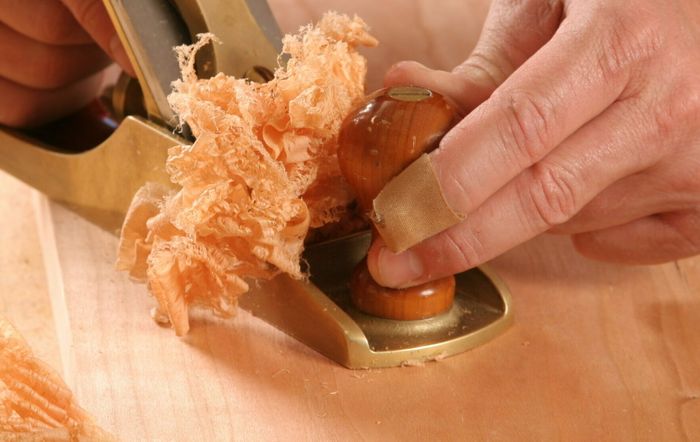Rabbet Planes Are Real Shop Workhorses
These versatile tools clean up machine cuts and fine-tune joinery for a perfect fit.

Synopsis: From cutting and fitting rabbets and dadoes to making final adjustments to tenons, rabbet planes have no equal, writes Garrett Hack. There are dozens of types, but they all share one characteristic: the iron is flush with the plane body on one or both sides. Hack details their history, lists his favorites, and talks about two basic planes for all-around work. He explains how different planes work well for different tasks: bench rabbet planes do large-scale work, rabbeting block planes are suited to small work, side rabbet planes adjust groove widths, and shoulder planes are precision rabbet planes. Then he explains how to tune a rabbet plane.
If I were headed to another part of the world for an extended stay and could pack only a small kit of woodworking tools, I would make sure I brought along at least one rabbet plane. From cutting and fitting rabbets and dadoes to making final adjustments to tenons, rabbet planes have no equal.
Some rabbet planes cut timber-frame sized rabbets. Others are better suited to fine work. Still others do very specialized jobs, like cutting into corners or widening grooves cut with a router or dado set.
In 1872, the Greenfield Tool Co. offered nearly 100 sizes and types of wooden rabbet planes and an additional 38 models of fillisters (a fancier model that included a fence, a nicker to score cross-grain cuts and a depth stop). Cast iron later became the material of choice, and it wasn’t long before there were even more choices in iron than there had been in wood. Many of the older rabbet planes are no longer in production, but a number of them are still being made (available through mail-order companies such as Garrett Wade, Lee Valley Tools and Woodcraft). The reason is simple: Rabbet planes have not outlived their usefulness, even in woodshops where much of the work is done by machine. Just two rabbet planes make a good starter kit.
Two basic planes for all-around work
For general-purpose work, I turn to a basic rabbet plane—either a Stanley No. 78 (see the photo at left) or a No. 289. They can quickly adjust a rabbet that’s been cut on the tablesaw or sink a rabbet in the back of picture-frame stock. Because these planes are so simple to keep tuned and to use, it’s often possible to cut a rabbet in less time than it takes to set up a router.
From Fine Woodworking #128
For the full article, download the PDF below:
Fine Woodworking Recommended Products

Starrett 12-in. combination square

Veritas Precision Square

Marking knife: Hock Double-Bevel Violin Knife, 3/4 in.








Log in or create an account to post a comment.
Sign up Log in